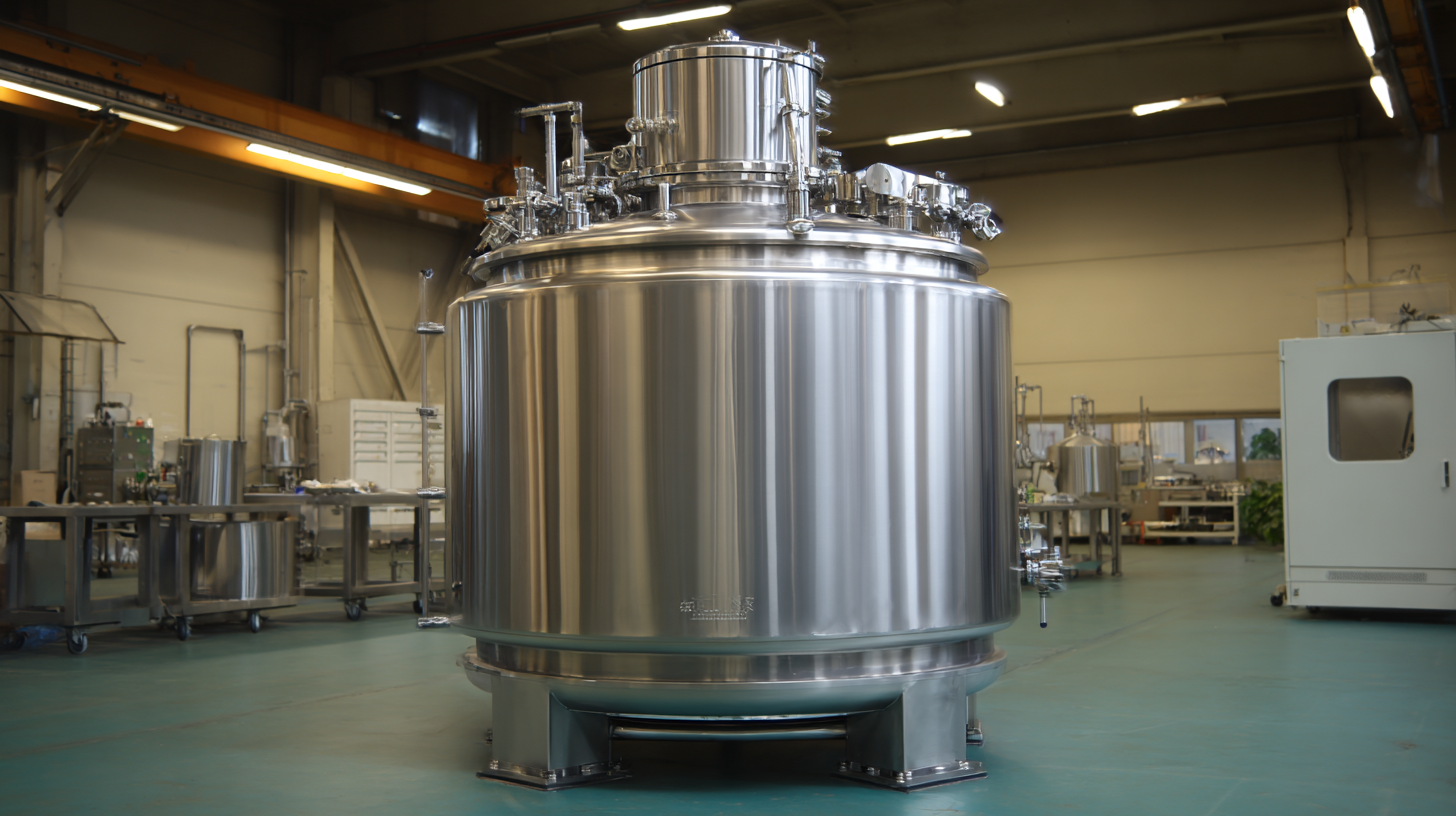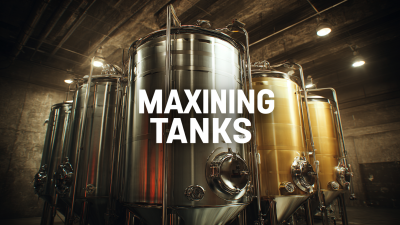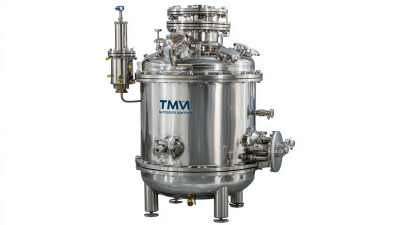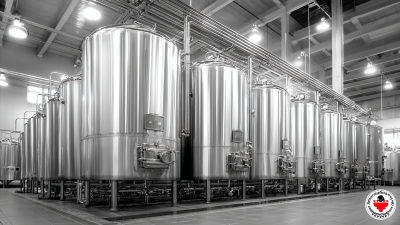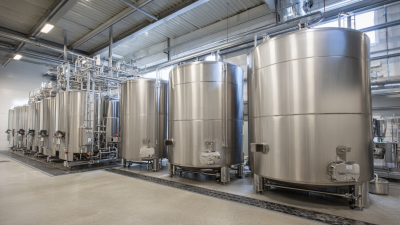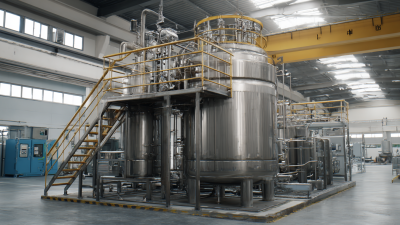
When it comes to investing in a Stainless Mixing Tank, the decision can significantly impact the efficiency and quality of your operations, especially in industries such as food and beverage, pharmaceuticals, and chemical production. According to a report by Grand View Research, the global market for mixing tanks is expected to reach USD 3.5 billion by 2027, growing at a CAGR of 5.2%. This surge indicates a rising demand for stainless steel solutions due to their durability, resistance to corrosion, and ability to maintain hygiene standards. Choosing the right Stainless Mixing Tank is not merely about capacity or cost; it involves understanding your specific business needs, regulatory requirements, and the nature of your materials. Therefore, a well-considered selection process is essential for optimizing production workflows and ensuring long-term success in your industry.
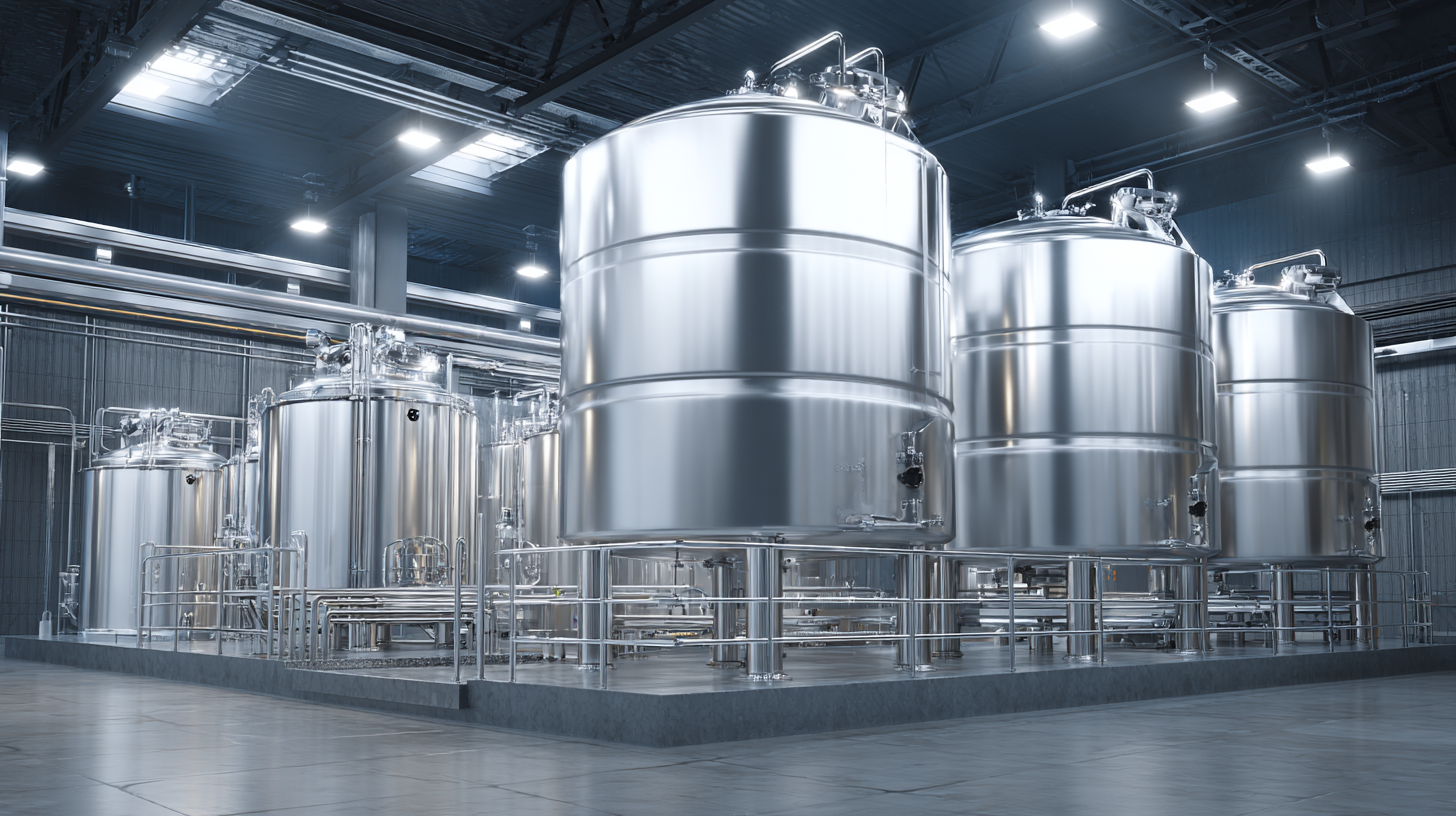
When choosing the perfect stainless mixing tank for your business, several key factors must be considered to ensure that the tank meets your specific needs. First, the size and capacity of the tank play a crucial role, as they need to align with your production volume and the nature of the materials being mixed.
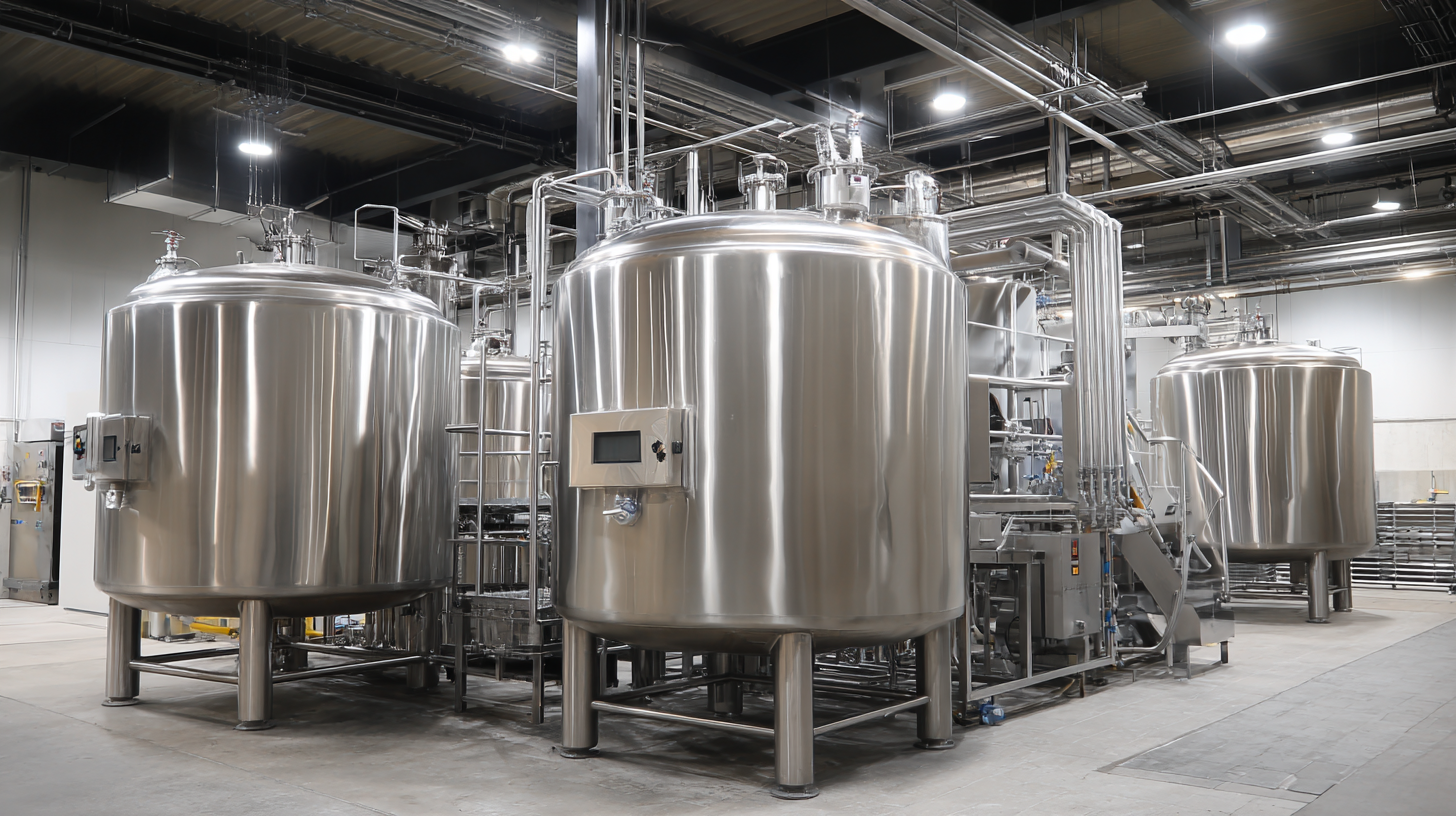 Assessing the required mixing speed and efficiency is also essential, as different applications might necessitate various mixing methods and designs. For instance, in processes involving solid-state materials, advanced mixing techniques can enhance performance and uniformity.
Assessing the required mixing speed and efficiency is also essential, as different applications might necessitate various mixing methods and designs. For instance, in processes involving solid-state materials, advanced mixing techniques can enhance performance and uniformity.
Another important consideration is the material properties and construction quality of the mixing tank. Stainless steel is often preferred due to its resistance to corrosion and ability to maintain product purity. However, understanding the potential corrosion types that can affect your system is critical. Research emphasizes the significance of suitable protective coatings, which can enhance the tank's lifespan and operational efficiency. Additionally, examining the compatibility of the tank with different cleaning processes, such as those used in bioprocessing, can mitigate contamination risks and ensure seamless operations in your production line.
When selecting a stainless mixing tank for your business, it's crucial to understand the different types available on the market. Primarily, there are two categories: batch mixers and continuous mixers. Batch mixers are ideal for processes where materials are combined in specific quantities, allowing for precise control over the ingredients and mixing time. These tanks are often used in industries like food and beverage, pharmaceuticals, and cosmetics, where consistency and quality are paramount.
On the other hand, continuous mixers are designed for high-volume production. They provide a steady flow of materials through the mixing process, making them suitable for applications that require large quantities of homogeneous mixtures. Continuous mixers are commonly used in chemical processing, wastewater treatment, and similar industries. Furthermore, considerations like tank capacity, mixer type (paddle, spiral, or ribbon), and ease of cleaning should also influence your choice, ensuring that the mixing tank meets both your operational requirements and regulatory standards.
When selecting a stainless steel mixing tank for your business, it’s crucial to assess your specific mixing requirements. Factors such as the viscosity of the materials, the batch size, and the mixing process can significantly affect the choice of tank. According to a recent industry report by Smithers Pira, over 60% of manufacturers reported issues with inefficient mixing processes, which can lead to significant waste and inefficiencies in production. Understanding your product's characteristics and flow properties is essential in ensuring that you select a tank that enhances performance.
Tip: Always opt for a mixing tank that allows for easy customization. Choosing a tank with adjustable impellers and baffles can adapt to different mixing processes, providing flexibility as your business needs evolve.
Moreover, the tank’s material and construction must align with your product's safety and quality standards. For instance, if you are dealing with food-grade materials, ensure that the tank meets the FDA regulations. A study by Grand View Research indicates that the demand for stainless steel mixing tanks is projected to grow by 7.4% annually, driven by the rising need for high-quality manufacturing across various sectors.
Tip: Conduct a thorough assessment of your supplier's reputation and material certifications to ensure they meet industry standards, safeguarding your business against compliance issues.
When selecting a stainless mixing tank, the quality and durability of the stainless steel materials used are paramount. Stainless steel is favored in many industries for its resistance to corrosion and ability to maintain hygiene, making it essential for food processing, pharmaceuticals, and chemical applications. When evaluating stainless steel, consider the grade—304 and 316 are the most commonly used, with 316 offering better corrosion resistance due to its molybdenum content.
Tips: Look for tanks made from high-quality, food-grade stainless steel. Ensure that the surface finish is smooth; a polished interior reduces the risk of bacterial growth and simplifies cleaning. Additionally, inspect the tank for any signs of pitting or welding imperfections that might compromise durability over time.
Another critical aspect to evaluate is the thickness of the stainless steel. Thicker materials can withstand higher pressures and provide better long-term value. Always check the specifications for the gauge of the steel used in the construction of the mixing tank, and consider investing in a tank that exceeds the minimum requirements for your specific applications to ensure longevity.
Tips: Ensure that the supplier provides certification for the stainless steel used, which confirms its composition and durability. Also, inquire about warranties or guarantees, as reputable manufacturers stand behind the quality of their products.
When considering the purchase of a stainless mixing tank, budgeting for both the initial costs and long-term maintenance expenses is crucial. To ensure you don’t exceed your budget, start by determining your specific needs, such as capacity, material requirements, and additional features. Research various suppliers to compare prices and look for any hidden costs associated with installation, shipping, and necessary accessories like agitators or controls.
**Tips:** When evaluating suppliers, ask about warranties and included maintenance services to get a clearer picture of total costs. Additionally, consider setting aside a separate budget for maintenance to cover repairs, regulatory compliance, and minor adjustments over time.
Remember that the upfront cost is only part of the equation; regular maintenance can significantly affect the lifespan of your mixing tank. Plan for periodic inspections and servicing to reduce the likelihood of major repairs down the line. Always factor in these costs when finalizing your budget to ensure the longevity and efficiency of your investment.
**Tips:** Look into service contracts that offer preventive maintenance; they can save you money and time in the long run.
